Taiwan’s vibrant contemporary art scene is set to become the center of attention this month with the return of Taipei Dangdai (台北當代藝術博覽會). Known as “Taipei’s global art fair,” Taipei Dangdai opens its doors to the general public at the Taipei Nangang Exhibition Center (南港展覽館) Hall 1, today.
Presented by UBS, the fifth edition of Taipei Dangdai will bring together leading international galleries, showcasing art from the most sought-after established and emerging artists, as well as works of art exhibited in Asia for the first time, with site-specific installations, talks, workshops and pop-up events.
The annual gathering of creatives, curators and collectors discussing “Art and Ideas” will also herald the beginning of a season of world-class art expos happening across Taipei and beyond.
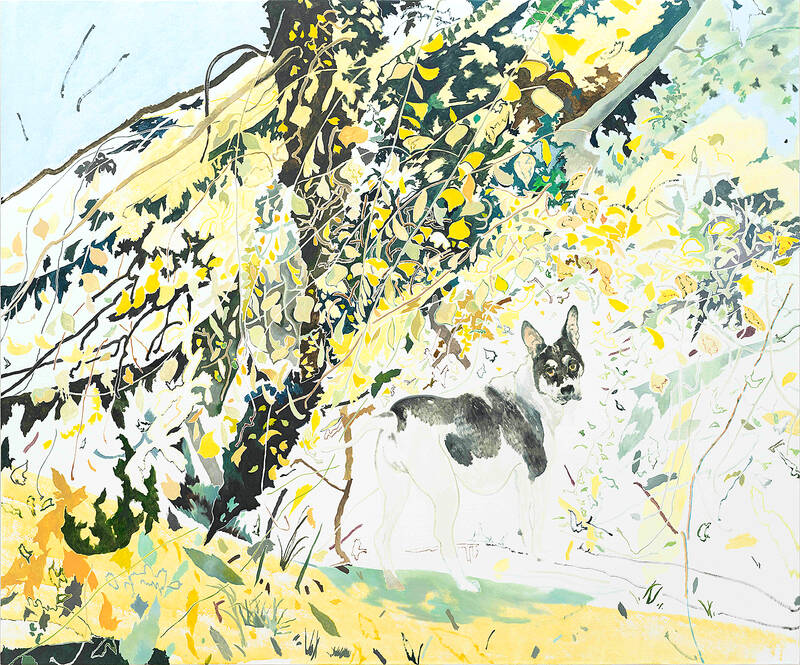
Photo courtesy of Ota Fine Arts
“Taipei Dangdai Art and Ideas in 2024 provides a unique opportunity to experience living history, cutting-edge artists of today and exceptional artistic production throughout Asia and internationally,” says the art fair’s co-director Robin Peckham. “Through our carefully curated programming, we are excited to open doors into the legendary collections of Taiwan, inviting key voices in the region to share their thinking alongside contemporary approaches in the public and private sectors in a special forum on collecting.”
This year’s fair will debut a new sector, Evoke, which offers a special context for curated programs, particularly those focused on solo presentations or juxtapositions of established artists. The Ideas Forum will also return to Taipei Dangdai, a special framework designed to “unite industry experts across Taiwan, Asia Pacific and beyond with the aim of shedding light on Taiwan’s rich heritage of influential collections,” according to event organizers.
ACROSS TAIWAN
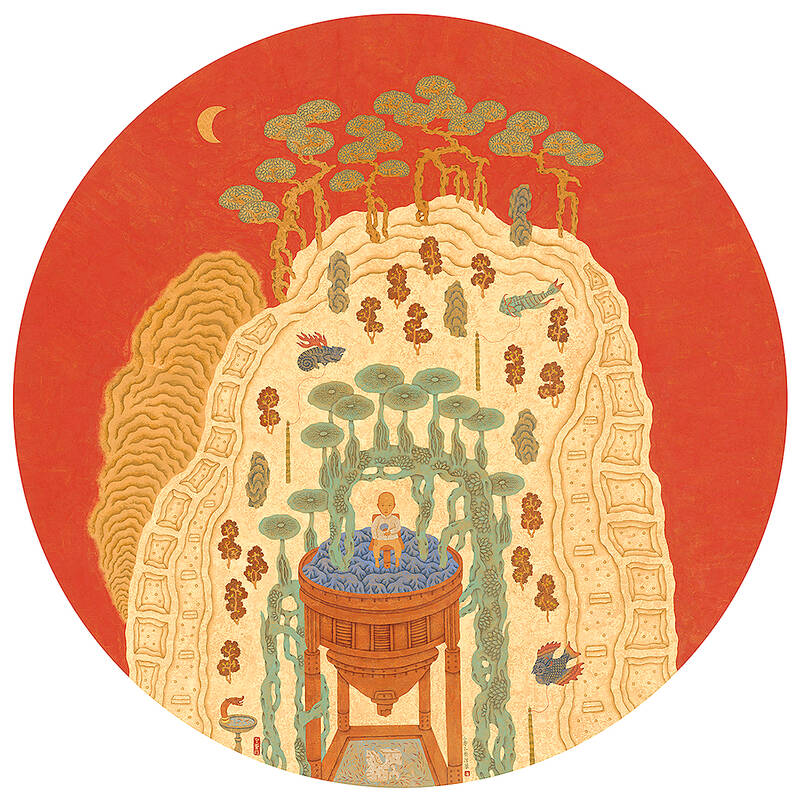
Photo courtesy of Moon Gallery
Although Taipei Nangang Exhibition Center will be the main focus this weekend, in addition to The Art Assembly, an impressive 78 galleries involving artwork and curators from 19 countries are participating in what organizers promise will be “a city-wide celebration of the Taiwanese art scene.”
“Galleries are increasingly turning their sights to Asia, where Taiwan is recognized as a leading market,” says Taipei Dangdai co-founder and co-director Magnus Renfrew, adding, “We look forward to welcoming visitors from across Taiwan and around Asia to experience a packed week of events and a dynamic and evolving art scene.”
To this end, curators, event organizers and even travel-operators will be busy throughout Formosa as a series of VIP cultural tours designed to allow art collectors to immerse themselves “in Taiwan’s culture, cuisine and landscape,” are on offer for the first time. The experiences, debuting at this year’s fair in collaboration with CUYSINE, will include Michelin-starred dining and cultural expeditions to historical and cultural landmarks across four major cities, Taipei, Taichung, Tainan and Kaohsiung.

Photo courtesy of Tang Contemporary Art
Meanwhile, one of the much-anticipated exhibitions to coincide with year’s edition of Taipei Dangdai will be housed in the Fubon Art Museum (富邦美術館), a 9, 915 square meter contemporary building designed by Italian architectural firm Renzo Piano Building Workshop that opened in Taipei’s Xinyi District (信義) just last week. Inside, visitors will be transported back to nineteenth century France with an exhibition titled True Nature: Rodin and the Age of Impressionism, concerning the life and work of Paris-born sculptor Aguste Rodin.
Over at the Taipei Fine Arts Museum (TFAM, 臺北市立美術館) in Zhongshan District (中山) there’s another not-to-miss exhibition for art lovers, namely the first large-scale solo exhibition in Taiwan of celebrated South African artist William Kentridge, which opened on May 4 and will run right through to September this year.
The exhibition, a collaboration of TFAM and London’s Royal Academy of Arts, enables museum goers to trace Kentridge’s creative trajectory, “From his earliest charcoal drawing to the stop-motion short film series of drawing for the projections, and from film directing to stage performances, as well as his recent large-scale drawings of trees and flowers using ink and charcoal,” curators say.
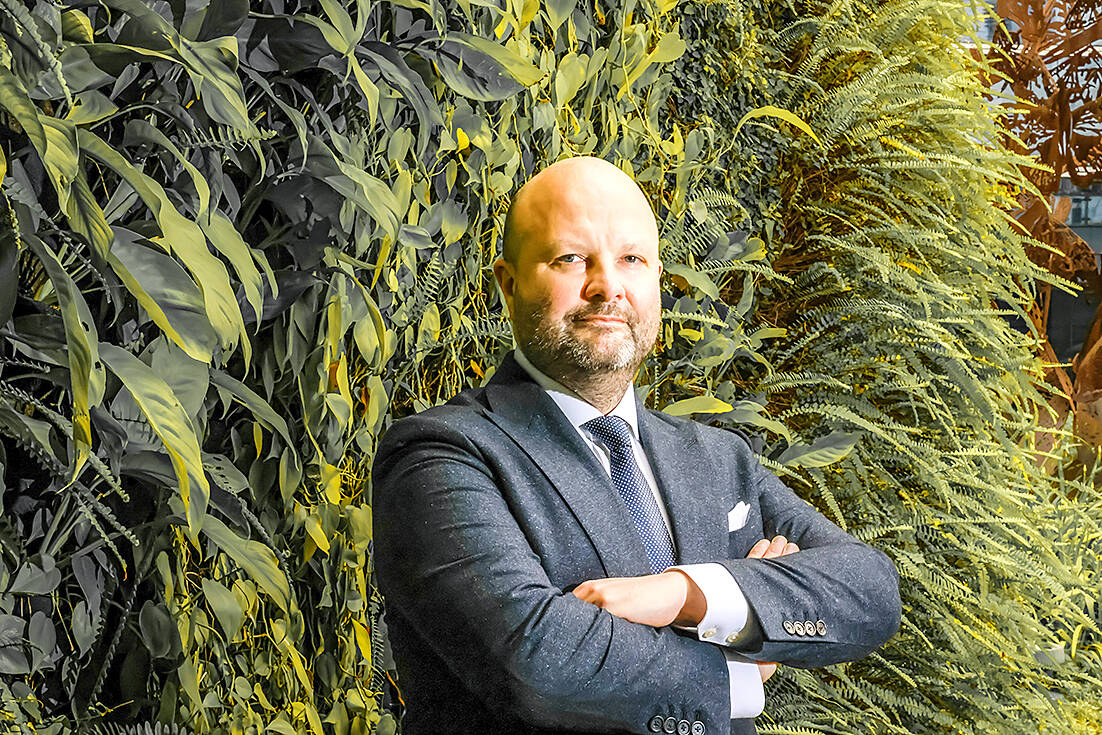
Photo courtesy of Taipei Dangdai
For people who call south Taiwan home, you needn’t miss out, as a touring exhibition of masterpieces from the National Gallery in London –– including paintings by artists such as Raphael, Titian, Caravaggio, Rembrandt, Constable, Monet, and Van Gogh –– is set to be displayed at the CHIMEI Museum (奇美博物館) in Tainan’s Rende District (仁德).
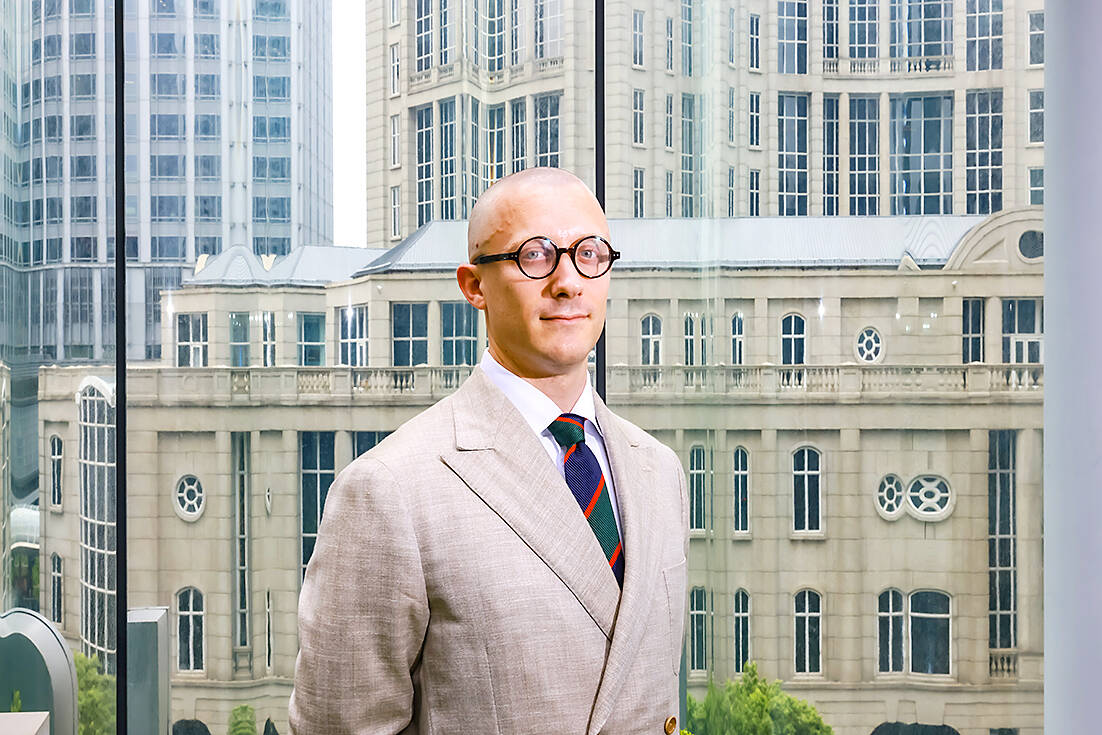
Photo courtesy of Taipei Dangdai
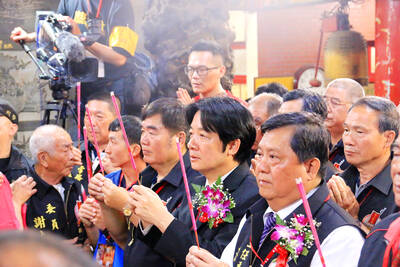
The Democratic Progressive Party (DPP), Chinese Nationalist Party (KMT), and the country’s other political groups dare not offend religious groups, says Chen Lih-ming (陳立民), founder of the Taiwan Anti-Religion Alliance (台灣反宗教者聯盟). “It’s the same in other democracies, of course, but because political struggles in Taiwan are extraordinarily fierce, you’ll see candidates visiting several temples each day ahead of elections. That adds impetus to religion here,” says the retired college lecturer. In Japan’s most recent election, the Liberal Democratic Party lost many votes because of its ties to the Unification Church (“the Moonies”). Chen contrasts the progress made by anti-religion movements in
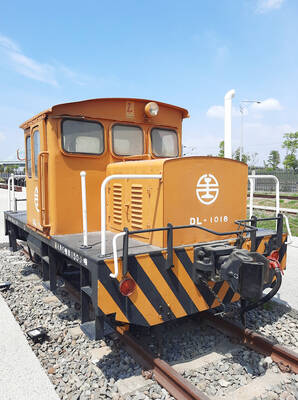
Taiwan doesn’t have a lot of railways, but its network has plenty of history. The government-owned entity that last year became the Taiwan Railway Corp (TRC) has been operating trains since 1891. During the 1895-1945 period of Japanese rule, the colonial government made huge investments in rail infrastructure. The northern port city of Keelung was connected to Kaohsiung in the south. New lines appeared in Pingtung, Yilan and the Hualien-Taitung region. Railway enthusiasts exploring Taiwan will find plenty to amuse themselves. Taipei will soon gain its second rail-themed museum. Elsewhere there’s a number of endearing branch lines and rolling-stock collections, some

Last week the State Department made several small changes to its Web information on Taiwan. First, it removed a statement saying that the US “does not support Taiwan independence.” The current statement now reads: “We oppose any unilateral changes to the status quo from either side. We expect cross-strait differences to be resolved by peaceful means, free from coercion, in a manner acceptable to the people on both sides of the Strait.” In 2022 the administration of Joe Biden also removed that verbiage, but after a month of pressure from the People’s Republic of China (PRC), reinstated it. The American
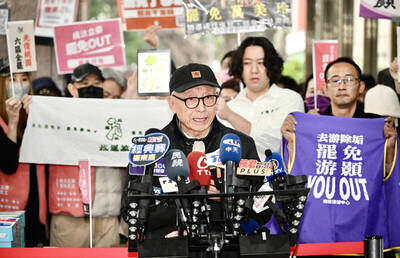
This was not supposed to be an election year. The local media is billing it as the “2025 great recall era” (2025大罷免時代) or the “2025 great recall wave” (2025大罷免潮), with many now just shortening it to “great recall.” As of this writing the number of campaigns that have submitted the requisite one percent of eligible voters signatures in legislative districts is 51 — 35 targeting Chinese Nationalist Party (KMT) caucus lawmakers and 16 targeting Democratic Progressive Party (DPP) lawmakers. The pan-green side has more as they started earlier. Many recall campaigns are billing themselves as “Winter Bluebirds” after the “Bluebird Action”